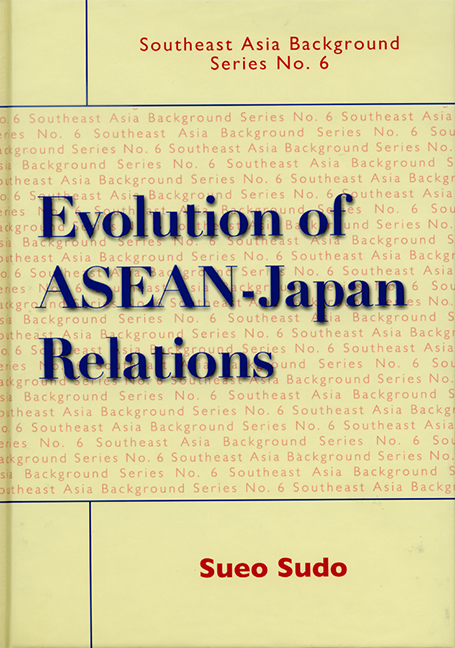3 - The Takeshita Doctrine Phase: 1987–96
Published online by Cambridge University Press: 21 October 2015
Summary
While strengthening ties with the United States, Nakasone's benign neglect began to be costly in terms of Japan's relations with Southeast Asian countries. It was hoped that the change of leadership in December 1987 could turn the tide. ASEAN also needed another big push for sustaining its regional mechanism, which was damaged by political upheavals in the Philippines with the fall of Marcos. At the third ASEAN Summit in Manila, Prime Minister Noboru Takeshita made a speech entitled “Japan and ASEAN: A New Partnership toward Peace and Prosperity” in which he stated:
Ten years ago, when Prime Minister Takeo Fukuda toured the ASEAN countries on the occasion of the Second Meeting of the ASEAN Heads of Government, he expressed, here in Manila, Japan's fundamental thinking concerning promotion of ties based on “heart-to-heart” understanding with the ASEAN countries. Those ideas are still at the basis of Japanese policies vis-à-vis ASEAN.
He also enumerated three basic policies towards ASEAN:
• To strengthen the economic resilience of ASEAN;
• To promote political coordination between Japan and ASEAN;
and
• To promote cultural exchanges.
In a way, the “Takeshita Doctrine” accentuated ASEAN's fresh start to its third decade because the main target of the Manila Declaration was strengthened economic cooperation.
The high point of Takeshita's visit was the formalization of an ASEAN-Japan Development Fund of more than US$2 billion as the first phase in its financial recycling programme, which the Japanese government believed would stimulate the ASEAN economies. The fund consisted of two parts: loans to the private sector at a low interest rate of 3 per cent per annum for joint ventures in the region, and untied loans to ASEAN through development institutions in each country. This Fund differed from the previous Fukuda Fund because the latter was directed only at large-scale government projects, while the former was designed to assist small and medium-sized private export-oriented companies.
- Type
- Chapter
- Information
- Evolution of ASEAN-Japan Relations , pp. 21 - 34Publisher: ISEAS–Yusof Ishak InstitutePrint publication year: 2005



